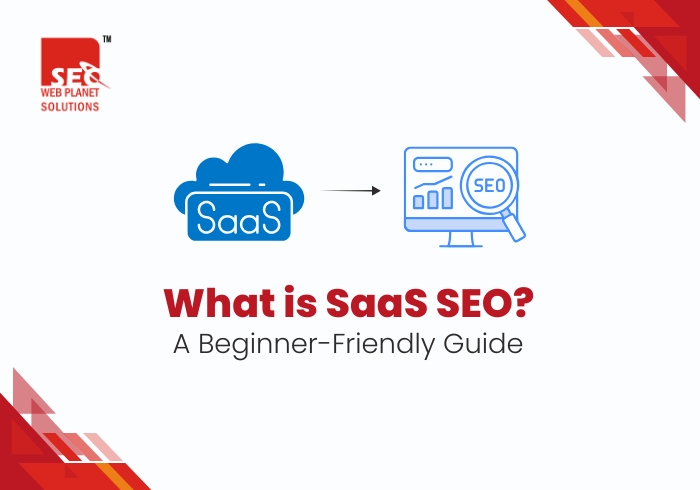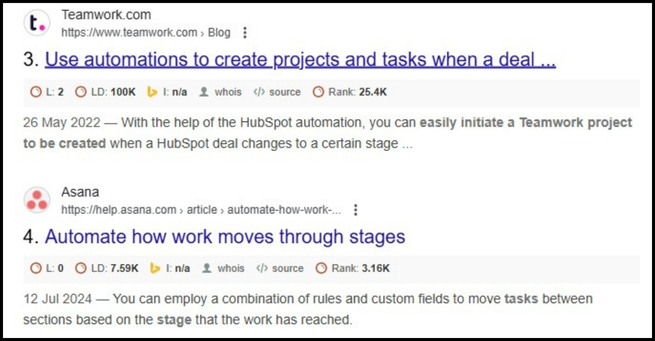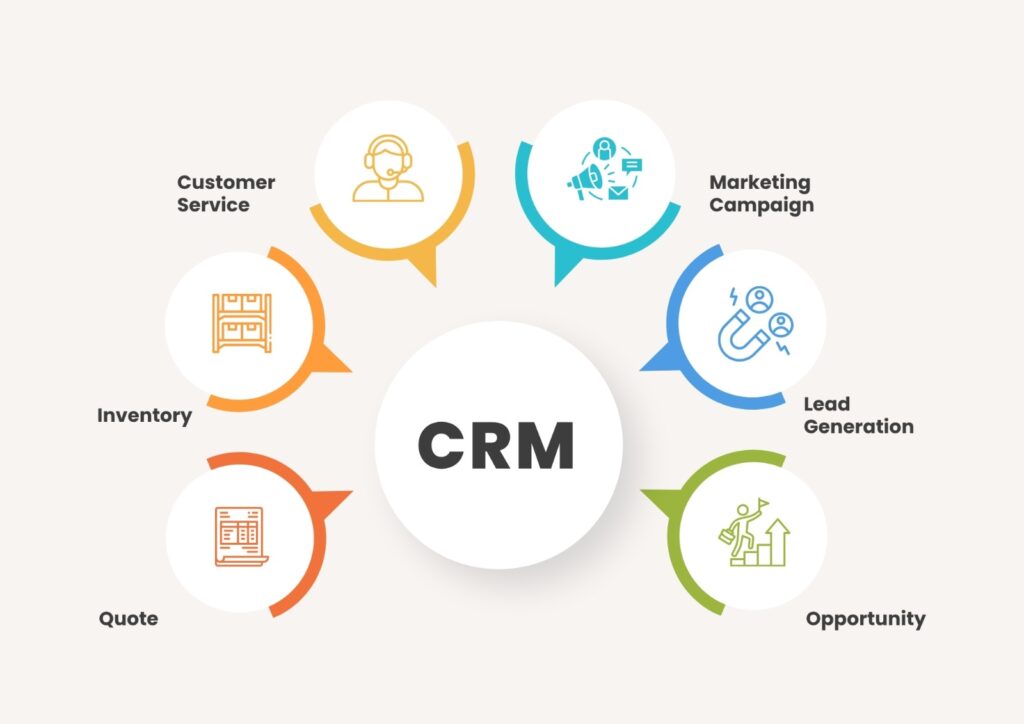The Foundation of SaaS SEO

What is SaaS SEO? A Beginner-Friendly Guide
SaaS SEO is the practice of optimizing software-as-a-service websites so they can attract, engage, and convert the right audience through search engines. Unlike e-commerce or local business SEO, it deals with complex products and longer buying cycles typical of B2B. Success requires more than just ranking for keywords; it means understanding customer intent, solving real problems through content, and ensuring your website is technically strong. The foundation of SaaS SEO is built on three pillars: your product, your audience’s challenges, and a content strategy that bridges the two.
What Makes SaaS SEO Unique
Before we delve into the methodology, it’s essential to understand how SaaS differs from other verticals.
- Longer, more complex buyer journeys. SaaS buyers research extensively, compare tools, evaluate integrations, and often involve multiple decision-makers.
- High customer lifetime value (LTV) & retention focus. It’s not just about acquisition; SEO must also support user education, onboarding, and expansion.
- Product complexity, integrations & features. Many SaaS products offer modular features, integrations, APIs; these become content opportunities.
- Competition & content depth. Many SaaS spaces are saturated. You can’t merely publish generic blog posts; you need depth, specificity, and domain authority.
- The compounding nature of SEO. For SaaS, each content asset (if built well) compounds: links, authority, and new keywords built over time
Product-Led + Content-Led Strategy
One of the strongest approaches in modern SaaS SEO is a “product-led + content-led” strategy. Rather than starting with keyword volume, start with user problems, use cases, and product differentiators. Then, build content around those topics and use SEO as a way to amplify them.
Example
Suppose you offer a SaaS platform for workflow automation across tools (CRM, email, spreadsheets). Instead of targeting vague keywords like “workflow automation software,” you might create content like:
- “How to automate leads from your CRM to a Slack alert when deal size crosses threshold”
- “Use-case: auto-generating project tasks when a sales stage changes”
- “Triggers vs scheduled tasks: when to use which in automation workflows”
Each of these posts ties directly to real problems your users face, and they naturally link to your product features or documentation pages. Over time, this builds topical authority around automation.
That approach is the core recommendation from leading SaaS SEO thinkers. Rather than reverse-engineering from high search-volume keywords, let your users’ jobs-to-be-done guide your content roadmap.
Generative Engine Optimization (GEO) & the Shift Beyond Keywords
SEO is evolving. With the rise of AI assistants, generative search answers, and chat summarization of content, traditional keyword-focused SEO is becoming less effective. That’s where Generative Engine Optimization (GEO) comes in.
What is GEO?
GEO is the discipline of optimizing content not just for searchers, but for generative engines, AI agents, chatbots, and AI-enhanced search surfaces that may pull direct answers or summaries from your content.
The shift in focus
- Move from keyword density to understanding intent, context, and entity relationships
- Content should be structured so it’s parsable by AI models, with clear sections, definitions, and examples
- Use of schemas (FAQ, HowTo, QAPage) helps engines understand your content structure
- Emphasis on nested questions / multi-step answers rather than one-off pieces
Example
If a user asks in a chat: “How do I trigger workflow when CRM record changes and notify a Slack channel?” A well-optimized GEO content piece might provide a step-by-step answer (detect change → evaluate condition → send event → Slack webhook). AI models may directly pull from your sections, rather than linking to multiple pages.
By aligning your content to be AI-consumable, you can capture visibility not just in traditional SERPs but in emerging generative interfaces.
Building a Strong Digital Foundation for Enterprise SaaS
For larger SaaS companies or enterprise-grade products, scale and governance become crucial. Small SEO hacks won’t cut it when you’re dealing with dozens of modules, thousands of pages, and multiple markets.
Key focus areas
- SEO governance & cross-team alignment
- Align product, engineering, content, and SEO teams
- Define roles, review processes, and change control
- Site architecture & taxonomy
- Logical folder/URL structure
- Consistent naming, canonical rules, hierarchy
- Handle filtering, faceted navigation, and dynamic pages
- Internationalization / localization
- If you serve multiple regions, proper hreflang setup, localized content, and domains/subdomains
- Scalable technical SEO
- Monitoring crawl logs & index coverage
- Automating redirect rules
- Performance tuning across many templates
- Content clustering at scale
- Define vertical / module/product hubs
- Assign content ownership per cluster
- Maintain content freshness, prune outdated content
- Link & authority strategy for enterprise scale
- Data reports, research studies, thought leadership
- Partnerships (industry, associations)
- Integration partner content / co-marketing
The goal is to treat SEO as a core infrastructure function, not just a marketing channel.
The Long Game: ROI & Sustainable Growth
Many companies look for instant ranking boosts or “quick wins.” However, in SaaS, the real value lies in compounding growth over time.
- Compounding content effect: Each content piece doesn’t just compete; it supports other content, gains links over time, and can rank for new keywords months later.
- Evergreen vs. short-term content: While short-lived topical pieces have value, your core focus should be on evergreen content, including guides, comparisons, and use-case tutorials.
- Resilience to algorithm changes: When your value is rooted in depth, authority, and user satisfaction, you’re more resilient.
- Attribution & measurement: Track not just first-click, but multi-touch, assisted conversions, ROI over 6–24 months.
A SaaS SEO agency’s true success is not in boosting traffic in month one, but in steadily increasing sign-ups, retention, and lowering acquisition costs over the years.
From Clicks to Customers: Mapping Content to the SaaS Funnel
Traffic is just the first step. The real goal is conversion. Here’s how you can align content to each stage:
| Funnel Stage | Search Intent | Content Types | Example Titles / Topics |
| Awareness (Top-of-Funnel) | Learning, exploring, problem discovery | Blog posts, “what is” guides, and industry insights | “Why remote teams struggle with task handoffs” |
| Consideration (Mid-Funnel) | Evaluating options, comparing, and deeper learning | Comparisons, feature deep dives, and integrations guides | “Zapier vs native automation: which is better?” |
| Decision / Conversion (Bottom-Funnel) | Ready to decide, looking for proofs, pricing | Case studies, ROI calculators, testimonials, pricing pages | “How [Your SaaS] helped X company double productivity” |
| Retention / Expansion | Using the product, wanting deeper insights | Advanced tutorials, best practices, and integration guides | “Advanced workflows for power users” |
Each content piece should link to others to guide users down the funnel—awareness → consideration → conversion → retention.
Conclusion
SaaS SEO is not about chasing keywords; it’s about creating a sustainable growth engine that connects your product with real user needs. By combining product-led and content-led strategies, embracing GEO for the AI-driven search era, and building a scalable technical foundation, SaaS companies can turn SEO into a long-term competitive advantage.
Think of it as playing the long game: each piece of content compounds, each technical improvement strengthens your foundation, and every aligned effort across teams fuels organic visibility, trust, and conversions. When done right, SaaS SEO doesn’t just bring clicks, it brings customers, retention, and lasting growth.
FAQs
Q1. What is SaaS SEO?
Ans: SaaS SEO is the process of optimizing software-as-a-service websites to attract, engage, and convert customers organically. It focuses on solving user problems, supporting long buying cycles, and building authority.
Q2. How is SaaS SEO different from traditional SEO?
Ans: Unlike e-commerce or local SEO, SaaS SEO deals with complex products, multiple decision-makers, and longer buyer journeys. It requires educational content, technical SEO, and a product-led strategy.
Q3. Why is SaaS SEO important for growth?
Ans: It reduces customer acquisition costs, builds trust, supports retention through educational content, and drives sustainable long-term growth without relying solely on ads.
Q4. What is Generative Engine Optimization (GEO)?
Ans: GEO is the practice of structuring content so AI-powered engines, assistants, and chatbots can easily pull answers. It emphasizes intent, clarity, schemas, and step-by-step explanations.
Q5.How long does SaaS SEO take to show results?
SaaS SEO is a long game. Early improvements may be noticeable within 3–6 months, but significant compounding results, including traffic, authority, and conversions, typically take 12–24 months.





